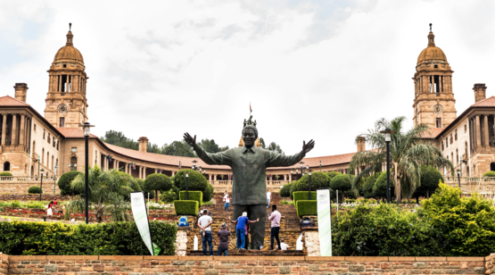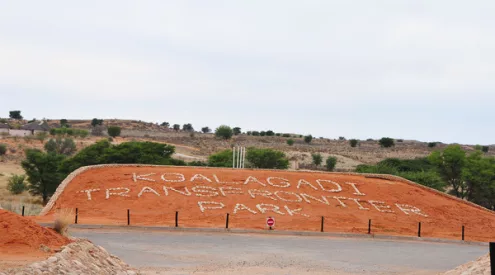The Masai Mara is possibly one of the most breathtaking landscapes, colossal in size, abundant with wildlife, not only the most astonishing piece of untouched virgin on the African continent, but in the world. The land, best known for the great wildebeest migration and the Masai people, recently come under siege by a plague which is currently ravishing the continent: poaching.
Poaching has become an epidemic in Africa. A BBC report states that in Kenya (the Masai Mara specifically) there has been a 70% drop in impala, warthog, giraffe, topi and Coke’s hartebeest numbers over the past three decades.
According to a South African Tourism Update online report, Kenyan police in Narok County have reportedly intercepted at least 6000 kg of game meat last month alone. The same report quotes the Kenyan Tour drivers and Guides Operators Vice-Chairman, Andrew Mungatana, who says that ‘poaching is now a serious threat to the survival of wildlife. If not checked, it will kill the multi-billion tourism industry.’
Animals are the main targeted for their bush meat, ivory, and rhino horn. But Kenyan locals began making their concerns public. Recently hundreds of protestors demonstrated in Mara and accused the Government of doing little to end poaching. With the major increase in village populations and cattle in the reserve, they claim that wildlife is seen as a nuisance and competitor for natural resources.
Brian Heath, the CEO of the Conservancy, says the majority of poaching occurs outside of the conservancies. Heath believes more areas should be brought under conservation. He also says that the government should introduce benefits for those who are trying to conserve nature.
















